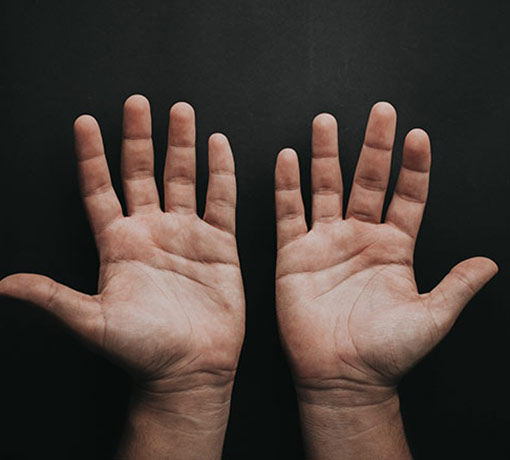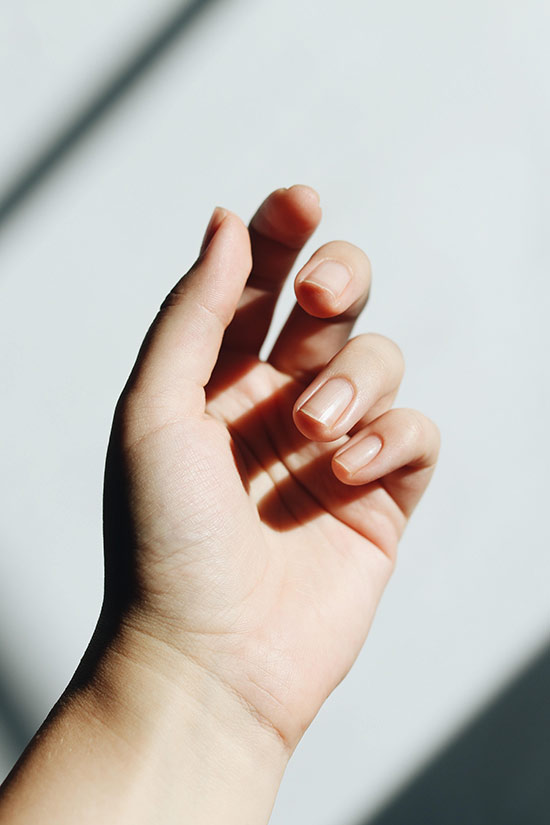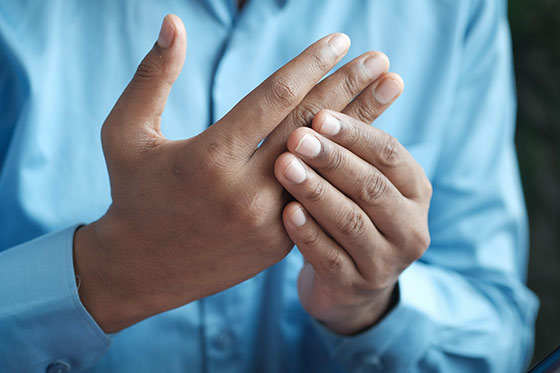Trusted Treatment for Dupuytren’s Disease
Dupuytren’s Contracture is a condition where the tissue in the palm of your hand gets thicker and forms knots. These knots create cords that pull your fingers toward your palm, making it hard to straighten your fingers and hand properly.
Over time, your fingers can become deformed, causing problems with how well you can use your hands and affecting their overall appearance.
If you or a loved one are living with symptoms of Dupuytren’s Contracture, we are here to help. Our experienced Advanced Dermatology, PC team offers effective treatment options for this hand-related condition. Continue reading to learn more and explore your options.


What Causes Dupuytren’s Contracture?
Experts don’t know precisely what causes Dupuytren’s Contracture.
It usually shows up as people get older, but some things might make it more likely, like your genetics or diabetes. Also, certain lifestyle factors can increase your risk of this dermatological condition.
Risk Factors
You may be at risk for developing Dupuytren’s Contracture if you
- Are older, as it often begins in middle age.
- Are male, as it’s more common in men.
- Have family roots in Scandinavian or Northern European regions, where it’s seen more.
- Have a family history of the condition, as it can run in families.
- Take seizure medication, as some of these drugs are linked to it.
- Smoke or drink a lot of alcohol.
- Have diabetes.
Dupuytren’s Contracture Symptoms
Symptoms of Dupuytren’s Contracture can vary in type and severity from person to person but often include
- Firm lump on the palm
- Puckered skin
- Bent or crooked fingers, usually the pinky, ring, and sometimes the middle finger
- Inability to fully open or flatten the hand
- Limited ability to grasp objects
Dupuytren’s Contracture Treatment
Dupuytren’s Contracture is typically diagnosed by examining the physical characteristics of your hand and finger. While Dupuytren’s Contracture can affect both hands, it tends to be worse in one hand. Unfortunately, there is no cure for the condition. However, there are corrective treatments available that can improve your quality of life.
Minimally Invasive Treatments
If you’ve been diagnosed with Dupuytren’s Contracture, there are various minimally invasive treatment options that a medical dermatologist can perform to reduce symptoms and provide relief.
Common treatment options include
- Steroid shot
A steroid injection can help reduce the pain if a painful lump develops. Sometimes, it can also slow down the progression of the condition. Multiple injections may be needed. - Enzyme injection
This newer method involves a surgeon injecting numbing medicine and an enzyme into the lump. Over hours, the enzyme breaks down tough bands, allowing the fingers to straighten when the surgeon releases the cord the next day. - Needle aponeurotomy
Another newer procedure in which medicine numbs the hand, and the surgeon uses a needle to separate the affected tissue without making any incisions.
Dupuytren’s Contracture Surgery
For those with advanced cases of Dupuytren’s Contracture, surgery is often the preferred method as it offers more sustained results.
In Dupuytren’s Contracture surgery, the surgeon cuts into your hand to remove the thickened tissue to enhance finger movement. Hand surgery is a safe procedure and typically leads to longer-lasting results than other nonsurgical treatments. Because it is a more invasive procedure, the recovery time is longer.
Patients can expect a period of post-surgical physical therapy. The time it takes to rehabilitate the hand will depend on the severity of the condition and the surgical method needed to address the issue.
It is essential to know that the Contracture might come back for some individuals, requiring another round of surgery.

Frequently Asked Questions About Dupuytren’s Contracture
Are you curious about Dupuytren’s Contracture? Find easy-to-understand answers to common questions about this hand condition below.
What Is Dupuytren’s Contracture Life Expectancy?
Dupuytren’s Contracture itself doesn’t affect life expectancy. It’s a hand condition that can limit finger movement but doesn’t directly impact how long someone will live.
What Aggravates Dupuytren’s Contracture?
Certain factors like smoking, excessive alcohol consumption, diabetes, and a family history of the condition can make Dupuytren’s Contracture more likely to worsen.
Can You Tell Me How to Pronounce Dupuytren’s Contracture?
It is pronounced “du-pweh-TRANZ con-TRACK-cher.”
Get Relief from Dupuytren’s Contracture at Advanced Dermatology, PC
If Dupuytren’s Contracture affects your ability to straighten your fingers and complete everyday activities, our Advanced Dermatology, PC team is here to help.
We encourage you to find a dermatologist near you and schedule a consultation today.
Our surgical team will recommend the best course of action to help you restore the lost motor functions in your fingers.
